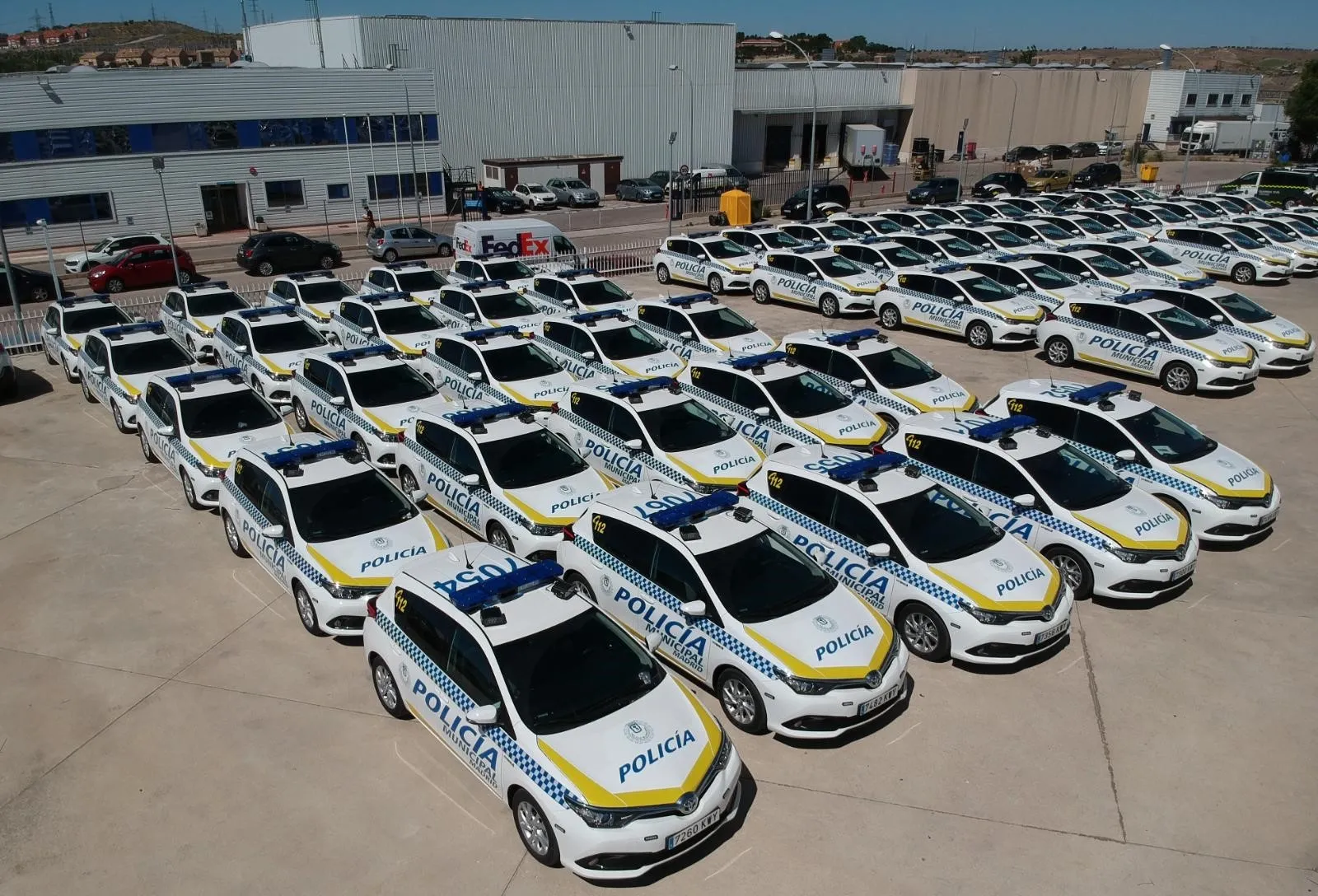The latest report from IHS Markit aims to identify current market trends and key opportunities across various product types, end-user verticals and geographic regions that comprise the market for automated number plate recognition (ANPR) and detection sensors.
The report, ANPR and Detection Sensors Report – 2017, provides an updated analysis on the competitive environment, along with detailed revenue, unit shipment, and average selling price analyses for three ANPR product types and five detection senso
February 6, 2017
Read time: 2 mins
The latest report from IHS Markit aims to identify current market trends and key opportunities across various product types, end-user verticals and geographic regions that comprise the market for automated number plate recognition (ANPR) and detection sensors.
The report, ANPR and Detection Sensors Report – 2017, provides an updated analysis on the competitive environment, along with detailed revenue, unit shipment, and average selling price analyses for three ANPR product types and five detection sensor technologies.
It also provides historical analysis for each region (EMEA, Americas, Asia) and an assessment of key market drivers and technology trends.
According to report author Justin Siller, the world market for ANPR detection equipment is forecast to grow at a compound annual growth rate (CAGR) of 7.3 per cent to US$969.4 million in 2020.
The global law enforcement market is estimated to have grown nearly 30 per cent from 2013 to 2015.
Law enforcement agencies continue to invest heavily in city surveillance and ‘safe city’ projects to keep people safe. Also, larger cities in countries such as India and China are densely populated, and the number of police officers per capita is rather low compared to those in cities like New York or London. To address the lack of law enforcement personnel, governments in the former cities are investing more in surveillance technologies, which includes ANPR detection equipment.
In Western Europe, the recent large-scale attacks in Paris, France and Brussels, Belgium fundamentally changed government attitudes toward security. Investment in security products (especially those for civilians) has increased. The increase in investment is likely to be sustained over the forecast period as the underlying issues that are driving such attacks are unlikely to be solved before 2020. IHS predicts that a proportion of these funds will be allocated to the purchase of ANPR detection equipment.
The report, ANPR and Detection Sensors Report – 2017, provides an updated analysis on the competitive environment, along with detailed revenue, unit shipment, and average selling price analyses for three ANPR product types and five detection sensor technologies.
It also provides historical analysis for each region (EMEA, Americas, Asia) and an assessment of key market drivers and technology trends.
According to report author Justin Siller, the world market for ANPR detection equipment is forecast to grow at a compound annual growth rate (CAGR) of 7.3 per cent to US$969.4 million in 2020.
The global law enforcement market is estimated to have grown nearly 30 per cent from 2013 to 2015.
Law enforcement agencies continue to invest heavily in city surveillance and ‘safe city’ projects to keep people safe. Also, larger cities in countries such as India and China are densely populated, and the number of police officers per capita is rather low compared to those in cities like New York or London. To address the lack of law enforcement personnel, governments in the former cities are investing more in surveillance technologies, which includes ANPR detection equipment.
In Western Europe, the recent large-scale attacks in Paris, France and Brussels, Belgium fundamentally changed government attitudes toward security. Investment in security products (especially those for civilians) has increased. The increase in investment is likely to be sustained over the forecast period as the underlying issues that are driving such attacks are unlikely to be solved before 2020. IHS predicts that a proportion of these funds will be allocated to the purchase of ANPR detection equipment.










